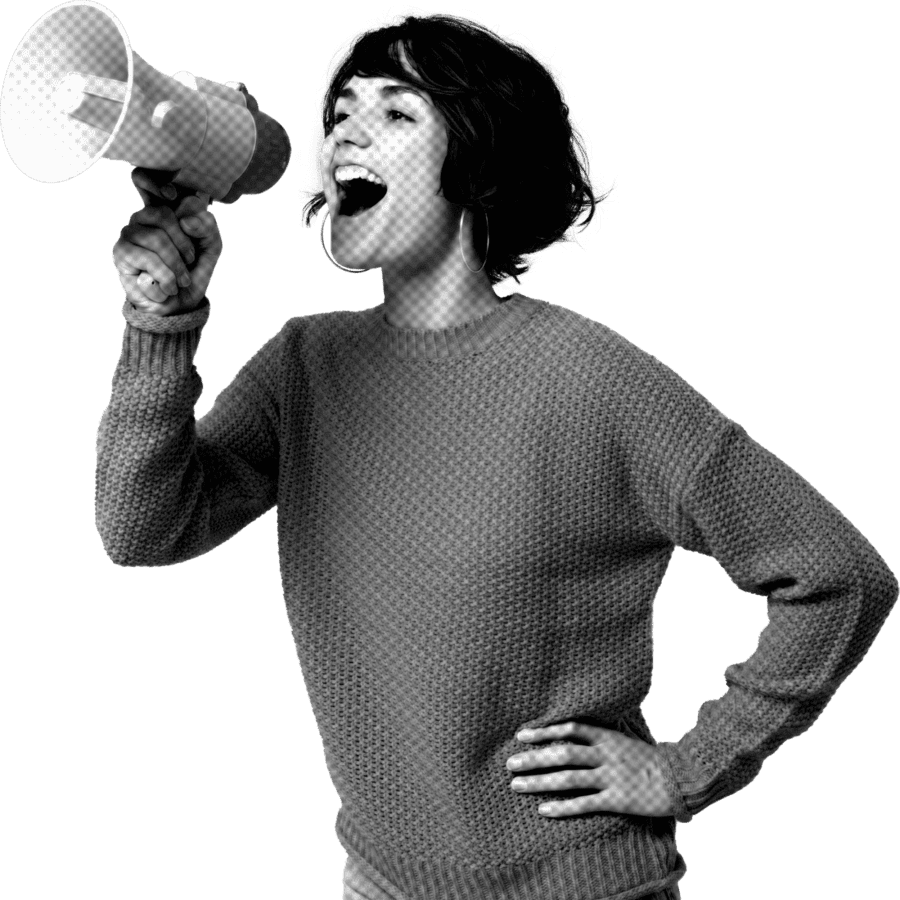My name is Lydia Wilkins, and as a freelance journalist and newsletter editor, Substack is something that makes up the bulk of my current work; it’s 2024, and everyone seemingly has a newsletter! There are many that rotate through my own inbox, such as when it comes to me looking for extra freelance work, reading the latest work of novelists or podcasters that I adore, or keeping up to date with a journalist’s work, when Fleet Street just will not pay attention. And it also means that we can curate what we read, too, which is always a bonus.
Be it through Substack, MailChimp or another service that helps users distribute their newsletters, they are great for email marketing yourself, or even for a brand to expand their user base; there is also a need for original content in a world where there is just too much information.
With everything, it’s important to make sure that you’re not missing a massive audience by not creating an accessible newsletter. But how can we make sure the information we’re creating and disseminating is accessible as can be? And what benefits would that bring to you? These are all questions that can be answered very quickly.
What is a Newsletter?
Similar to when the blogosphere was at its height, newsletters are long form content that arrives straight into your inbox; you subscribe, and receive regular updates. It means that you can choose what content to read, by way of curation – such as if you want to hear from specific organisations about their webinars and events, journalists who are writing stories for their audiences, and others. Services such as MailChimp and Substack offer free services for anyone to start writing their own content.

Why is Having an Accessible Newsletter Important?
Ensuring your newsletter is accessible is not just about compliance; it’s about inclusivity and reaching a wider audience.
By making your newsletter accessible to everyone, including those with disabilities, you create a welcoming environment that values diversity and enhances user experience. Accessible design principles not only comply with legal requirements such as the ADA and WCAG, but also improve SEO and brand reputation.
In the same way that Inclusive Marketing is incredibly beneficial to businesses, creating a well-designed accessible newsletter is a smart business decision and demonstrates your commitment to inclusivity.
7 Tips To Make Your Newsletter Accessible
Here are 7 quick tips as to how to make your newsletter content as accessible as it can possibly be to everyone, including the disability community.
1. Be specific about the purpose
If anyone has a newsletter, it needs to be specific about its purpose; this is what tends to drive growth when trying to grow a subscriber base. Think: what is the purpose of the newsletter, and what should it cover? And what format will that be in?
2. Consistency is key
In order for a newsletter to grow, the posting of the content needs to be consistent, as well as specific; this is particularly the case with Substack, which people like Emma Gannon, author and podcaster known for Ctrl Alt Delete, have also pointed out. If you are consistent, it means that there’s enough content that adds to the marketability of the individual writing it.

3. Think about a pan-disability approach in making the content accessible to all
A pan-disability approach is something that organisations often forget when they wish to incorporate DEI into their output. When we talk about the inclusion of disability, sometimes organisations too often think of disability as something one dimensional – sometimes it can even be the image of the universal symbol of disability, which is a wheelchair user. This lacks the nuance of disability, which includes but is not limited to neurodivergent individuals, those who have acquired a disability through an accident, anyone who struggles or cannot walk. The list is almost endless.
So take a panoramic point of view. Ask questions that offer a three dimensional viewpoint; how can we make the written content as accessible as it can possibly be? Are we utilising all the different functions and tools that the newsletter programme offers?
4. Use alt tags on photos
This is something that is actually on my own to do list, having learned how to use a particular tool on Substack recently. Newsletters by proxy are a visual medium, be it through the use of video or photos or a visual template being used; what about those who have a sight issue?
If you are using a video, make sure that captions are enabled; if that is not possible, try and transcribe the audio. When it comes to the use of photographs, alt text to describe the image can be added manually; this is a short description of what is in the photograph, so someone who may have a disability that impacts their vision can use a screen reader to ‘see’ the picture another way.
5. Transcription is a necessity
Newsletters have become a multimedia offering. And from a marketing perspective, can we afford to not use them? Newsletters are being used to launch webinars including through the use of a third party service; they are used to host podcasts, post videos, create communities, and so much more.
Sometimes newsletters allow you to embed a video into its body; make sure that any audio is captioned – or transcribe it into the body of the newsletter. If you can, try to also include a description, similar to how there would be an alt tag on a photograph. If you use a newsletter to also host a podcast, make sure there is somewhere that hosts the transcript of the audio; this again can mean that someone who has a sight, hearing or sensory related disability can also access the work in another, more inclusive way. Sometimes newsletters also have a way to record a VoiceOver; you can upload this easily by reading out the content into the voice memo app on any smartphone.

6. Be careful of URL language for screen-readers
It may be unfashionable to admit it, but language does matter. Meaning can be obscured or lost in translation; it’s also a very key access barrier in the disability space that is not talked about enough. When writing a newsletter, be straightforward in your language, even plain speaking; be directional in the way that you write. To write ‘click here’ is not accessible to screen readers – but this measure will also be of assistance to other disabled groups, such as when it comes to Neurodiversity.
7. Have a call to action
Finally, something that is sometimes forgotten: all newsletters need a call to action! This is an incentive to readers to share and to engage – which, perhaps more so than ever before, is important to the disabled community.
Conclusion
Everyone is a brand when it comes to the online world; organisations can also benefit from the use of newsletters, particularly when it comes to the inclusion of DEI. We cannot afford to ignore this space, regardless of our own personal reservations about the ethics of the internet. Newsletters bring benefits, such as being able to cultivate micro communities, reach a ready & waiting user base more readily, and so much more. And if you follow the tips above you will be making sure your newsletter can be reached by everyone!
If you want to learn more about how to make your social media content more accessible, reach out to the team of experts at Purple Goat!




